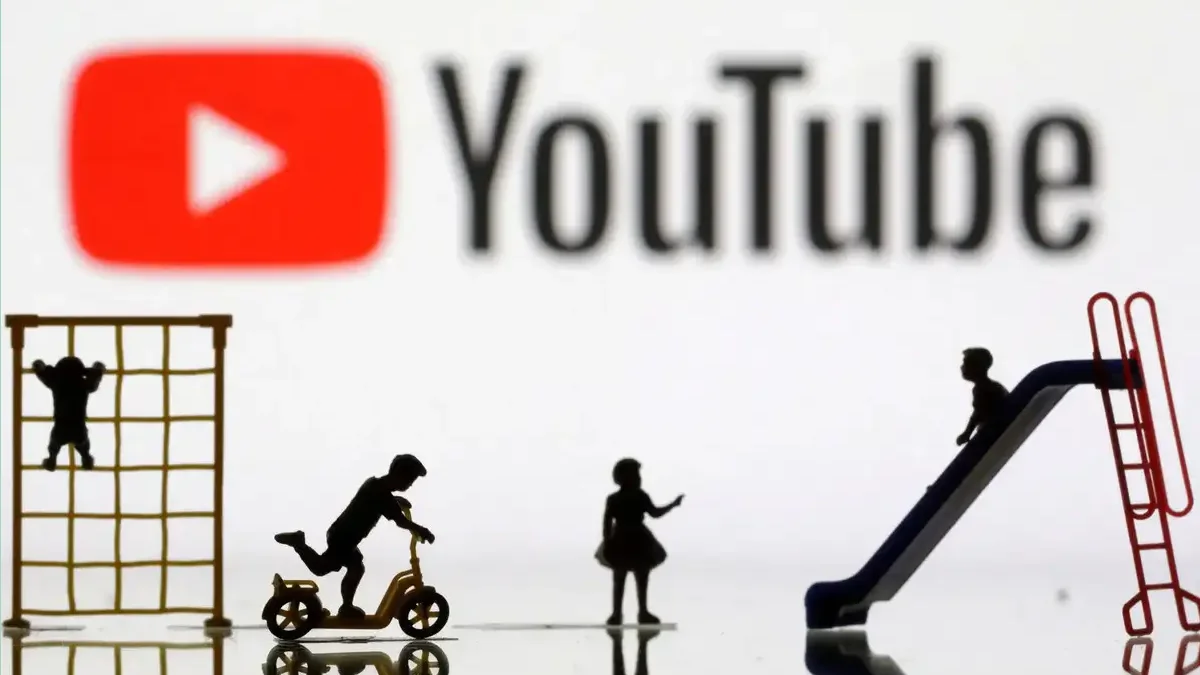Necessary Always Active
Necessary cookies are required to enable the basic features of this site, such as providing secure log-in or adjusting your consent preferences. These cookies do not store any personally identifiable data.
|
||||||
|
||||||
|
||||||
|

Australia is facing a growing dispute over YouTube’s under-16 ban as the country prepares to roll out a world-first law that would stop children under the age of 16 from using social media. As reported by Reuters, the Australian government is considering giving YouTube a special exemption from this rule, but the country’s online safety regulator is strongly against that decision.
The law, set to begin on December 10, will make social media platforms like Facebook, Instagram, TikTok, and Snapchat responsible for blocking users under 16. If they fail, they could face heavy fines; however, YouTube, owned by Alphabet, may be left out of this rule because it’s used for education and health purposes.
Julie Inman Grant, Australia’s eSafety Commissioner, is leading the call to remove YouTube’s exemption. She said that her team’s research shows YouTube exposes children to more harmful content than any other platform. According to the study, 37% of children aged 10 to 15 reported seeing harmful videos on YouTube.
Speaking at the National Press Club in Sydney, Inman Grant said, “This is not a fair fight where our kids are concerned, vis-a-vis social media sites.”
She warned that YouTube’s algorithm often pushes children into disturbing or inappropriate content and stated that “YouTube has mastered those opaque algorithms, driving users down rabbit holes they’re powerless to fight against.”
The Commissioner also pointed out that all platforms use “persuasive design features” like autoplay and endless notifications to keep children online longer. She believes no platform should be treated differently, saying that specific exemptions could be risky, especially when digital risks can change quickly.
Inman Grant stated, “I’m more concerned about the safety of children, and that’s always going to surpass any concerns I have about politics or being liked or bringing the public onside.”
YouTube has pushed back, saying the regulator’s criticism is unfair and not based on full facts. In a blog post, Rachel Lord, YouTube’s public policy manager for Australia and New Zealand, said the eSafety Commissioner was offering “inconsistent and contradictory advice.”
Lord wrote, “The eSafety Commissioner chose to ignore this data, the decision of the Australian Government, and other clear evidence from teachers and parents that YouTube is suitable for younger users.”
YouTube argues that it is different from other platforms and says it is mainly a video-streaming site, not a typical social media platform. The company also pointed to government-backed research showing that 69% of parents believe YouTube is appropriate for users under 15. Many teachers also support using YouTube in classrooms for educational content.
YouTube claims it has strong safety measures in place and removed over 192,000 videos in early 2025 that violated its rules. The company says even if under-16s are blocked from creating accounts, they can still watch educational videos without logging in if YouTube is exempt.
The final decision lies with Communications Minister Anika Wells, who is currently reviewing the eSafety Commissioner’s advice. A spokesperson for the Minister said that “Her top priority is making sure the draft rules fulfil the objective of the Act and protect children from the harms of social media.”
This law is the first of its kind in the world, and other countries like France are closely watching how it unfolds. If passed, it could lead to major changes in how Australia’s social media law treats tech platforms, especially those that claim to support education like YouTube.